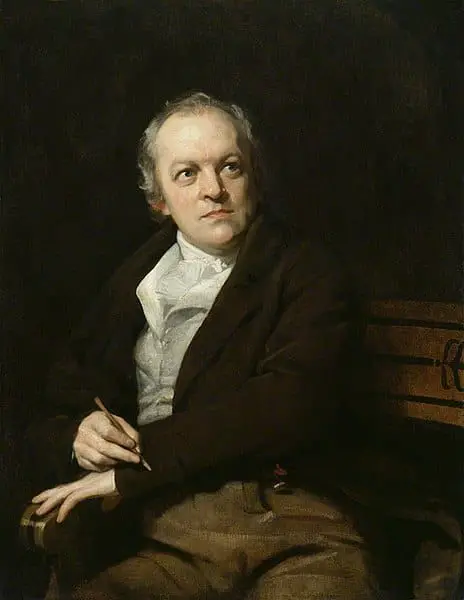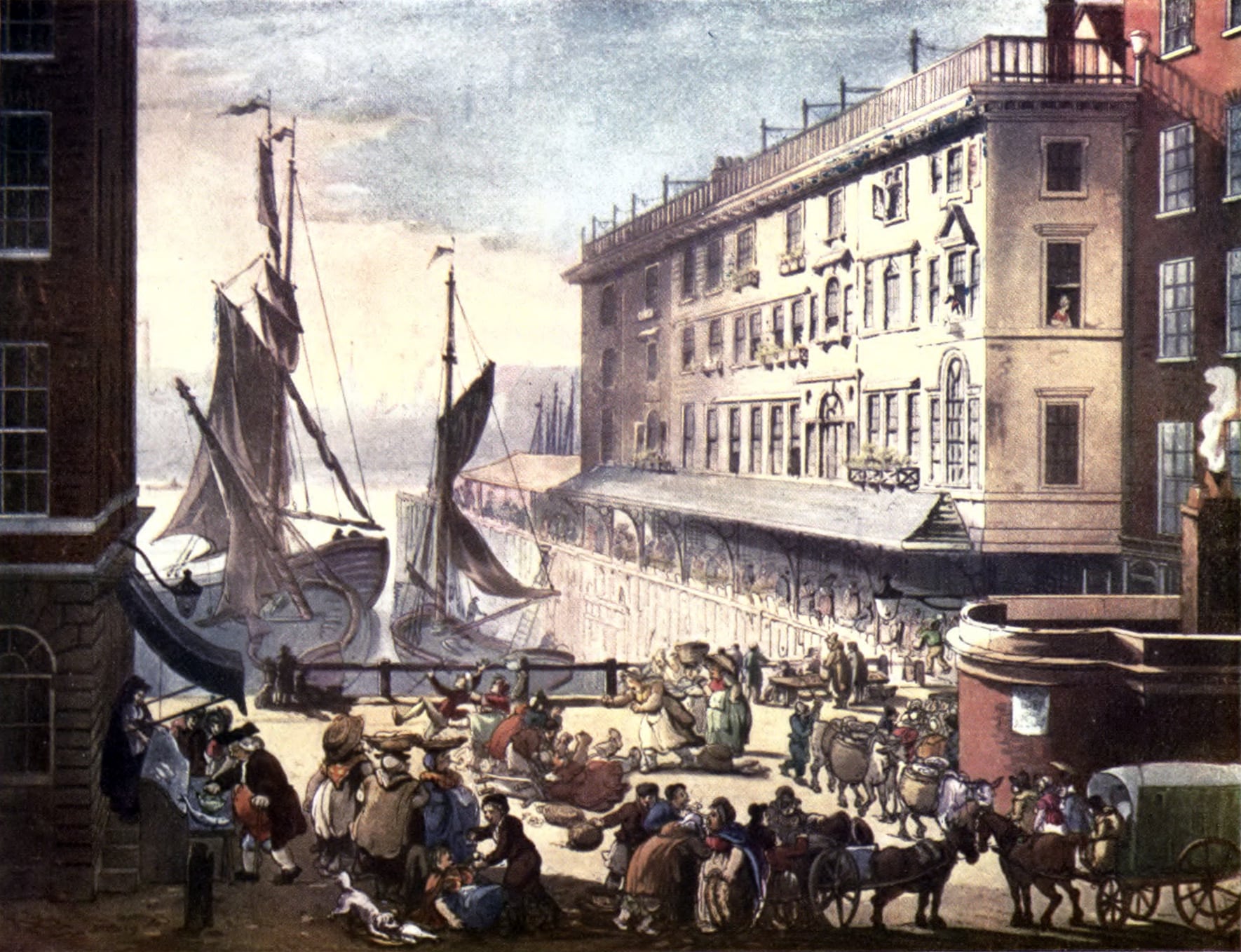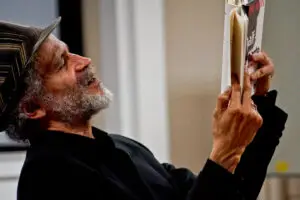
FULL POEM - SCROLL DOWN FOR LINE-BY-LINE ANALYSIS
I wander thro’ each charter’d street,
Near where the charter’d Thames does flow.
And mark in every face I meet
Marks of weakness, marks of woe.
In every cry of every Man,
In every Infants cry of fear,
In every voice: in every ban,
The mind-forg’d manacles I hear
How the Chimney-sweepers cry
Every blackning Church appalls,
And the hapless Soldiers sigh
Runs in blood down Palace walls
But most thro’ midnight streets I hear
How the youthful Harlots curse
Blasts the new-born Infants tear
And blights with plagues the Marriage hearse

LINE-BY-LINE ANALYSIS
STANZA 1
I wander thro’ each charter’d street,
Blake wrote the poem in the first person, creating a dramatic monologue from the perspective of the speaker, who narrates themselves wandering through the overcrowded, formidable and nefarious streets of 18th century London. This context immediately creates an overwhelming tone, adding a sense of vulnerability to the speaker.
Near where the charter’d Thames does flow.
The use of the word ‘charter’d’ (chartered) in the opening two lines replaced the word dirty as originally used by Blake. The word means that London was established by means of a grant from wealthy companies and individuals. It implies that the population faces control and constraints from those that chartered the city, akin to an authoritarian regime.
And mark in every face I meet
Marks of weakness, marks of woe.
These two lines create a melancholy, emotive tone which adds another dimension to the overwhelming, authoritarian city that Blake portrays London to be in this first stanza. The ‘marks’ in the faces of those the speaker sees could be physical or psychological scarring either from the effects of the disease and crime-ridden city streets or the apparent oppressive, authoritarian regime. The repetition of the clause in the first stanza’s final line is syntactic parallelism, employed by Blake to add emphasise the extent of the visible suffering evident on 18th century London’s busy streets.
STANZA 2
In every cry of every Man,
In every Infants cry of fear,
In every voice: in every ban,
The second stanza focuses more closely on the population and its suffering – dramatically heightening the poem’s already personal, emotive tone. The repetition of ‘in every’ is anaphora which highlights the widespread nature of the suffering, afflicting everyone from infants to fully-grown men.
The mind-forg’d manacles I hear
‘Manacles’ are basically old-fashioned handcuffs, used for fastening a prisoner’s hands or feet. The imagery of these being ‘mind-forg’d’ signifies the psychological imprisonment the population is subject to from the state, restricting their free-will.
STANZA 3
How the Chimney-sweepers cry
The ‘Chimney-sweepers’ are a symbol of poverty and exploitation of working-class children (often orphans in the care of the church) by the upper classes during the Georgian and Victorian periods in Britain. Boys as young as four were trained to climb chimneys and begin work. Work which was extremely dangerous, with the potential to get stuck in the chimney or suffocate or burn to death. The suffering of children as young as this in conditions so terrible is a poignant reminder of the suffering endured at the time.
Every blackning Church appalls,
Churches are traditionally a symbol of religion, holiness and divinity in literature. However, Blake juxtaposes this symbolism with the imagery ‘blackning Church’ which suggests impurity and corruption. This is significant as, in Blake’s eyes; the church has failed in its duty to protect the orphans in its care that were picked out to become chimney sweepers. Consequently, the blood of such children is on the church’s hands, so to speak, and this appals Blake.
And the hapless Soldiers sigh
Runs in blood down Palace walls
The ‘hapless [unfortunate] Soldiers’ are further members of society at the mercy of the control of their superiors who, like many chimney-sweepers, oftentimes pay the resulting price with their lives. Just like, Blake’s condemnation of the church for their failure to protect the young chimney sweeps, he condemns the royalty who live within the ‘Palace walls’ for the deaths of the Soldiers whom they send to slaughter.
STANZA 4
But most thro’ midnight streets I hear
‘Midnight’ acts as a pathetic fallacy for the human emotion of fear. It is a time of deepest darkness, when the sky is pitch black, which is a symbol of danger and vulnerability, even death. This, once again, intensifies the sense of menace of the surrounding London streets as well as the sinister nature of the poem’s tone.
How the youthful Harlots curse
Blasts the new-born Infants tear
A ‘Harlot’ is a prostitute. The adjective ‘youthful’ links to the ‘chimney sweeper’ in the third stanza, both sharing the theme of exploitation and injustice to the youth in society, who have, in particular, been failed by the environment of 18th century London that they grew up in. The image of her cursing illustrates her state of despair, which Blake goes on to describe as being directed at the tears of a new-born baby. It’s a deeply troublesome image – the torment of one of society’s most vulnerable and emotionally damaged members being channelled towards an innocent, defenceless newborn. These two lines powerfully encapsulate the anguish present in society and its failings to protect its more vulnerable members.
And blights with plagues the Marriage hearse
The ‘Harlots curse’ also damages the act of marriage – the religious commitment of which is totally at odds with the practice of prostitution (considered a sin by the bible). ‘Marriage hearse’ is evidently oxymoronic, with hearses being a symbol for death at funerals, completely at odds with the supposed love and happiness of a wedding. It is designed to criticise the institution of marriage, which Blake believes kills individual free-will – hence the inclusion of the word ‘hearse’ as a symbol of death.


